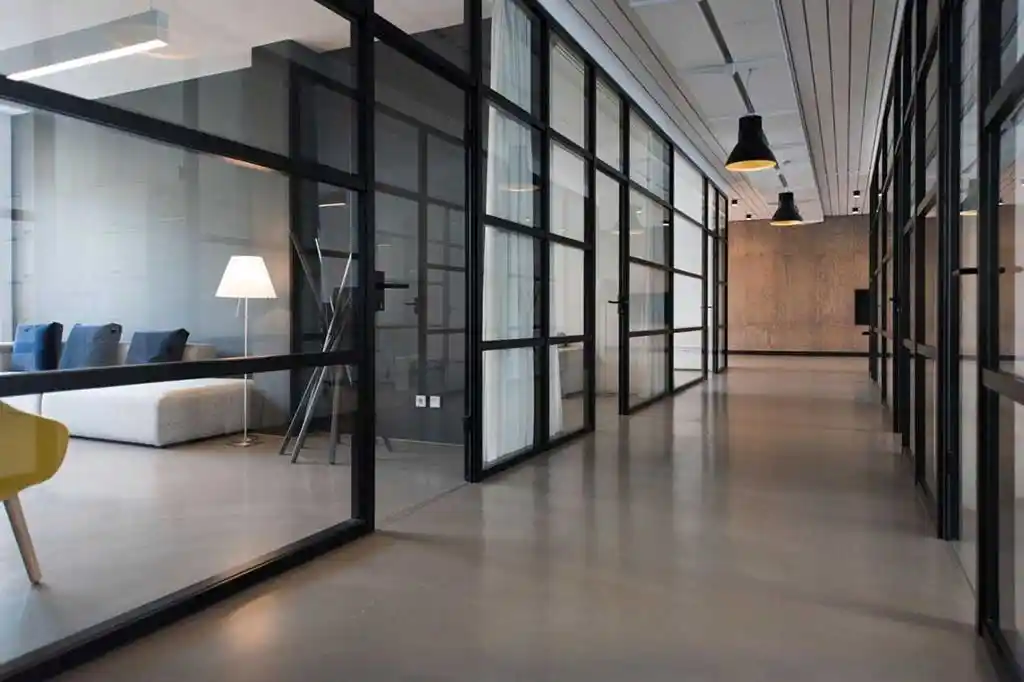Let’s compare key differences between replacement windows and new construction windows. Learn about costs, installation, energy efficiency, and more.
On average, 47% people renovating their home tend to get a replacement window using the same style. 34%, on the other hand, tend to go with new construction, changing the entire window style.

This debate regarding replacement windows vs. new construction isn’t just limited to home renovations, though. It’s applicable to a wide range of home improvement upgrades. In this article, we will take a closer look at the replacement windows vs. new construction debate.
I. Introduction
The window that you choose to install on your property can have crucial, long-lasting impacts on a number of different factors. These range from overall energy costs to your comfort level, window’s durability, and more.

From the different material options you have to choose which is better; replacement windows vs. new construction, there are a number of considerations to make. Let’s take a closer look at the options you have, what each decision will lead you to, and the key aspects that you will have to consider.
II. Replacement Windows
With replacement windows, you are essentially getting a new window that fits into the existing opening in your wall. These are suitable for property owners who want to upgrade their window, without making too many changes in the existing structure.
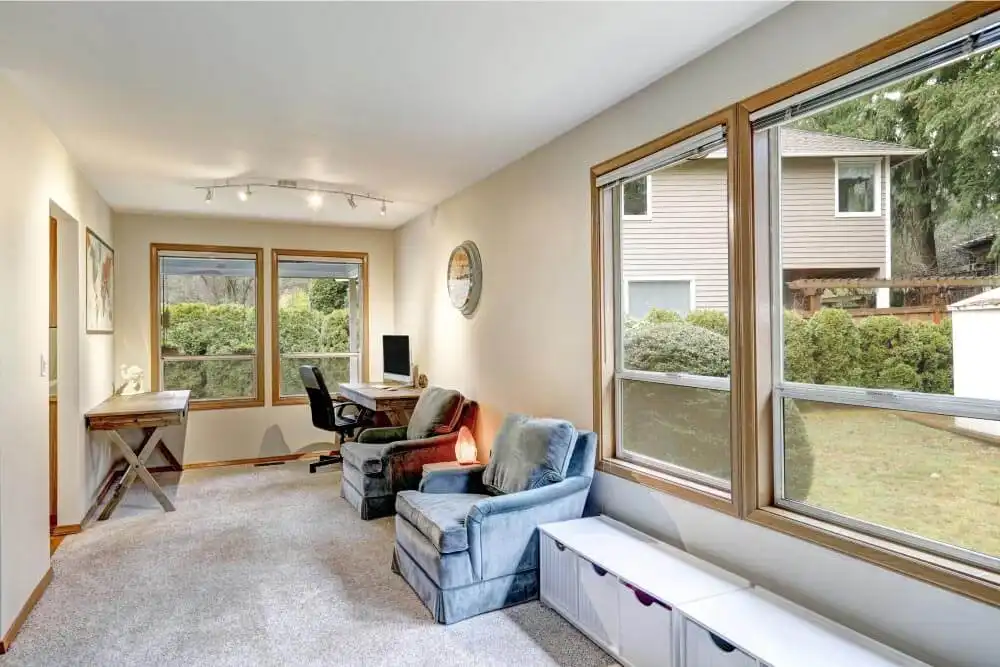
Before
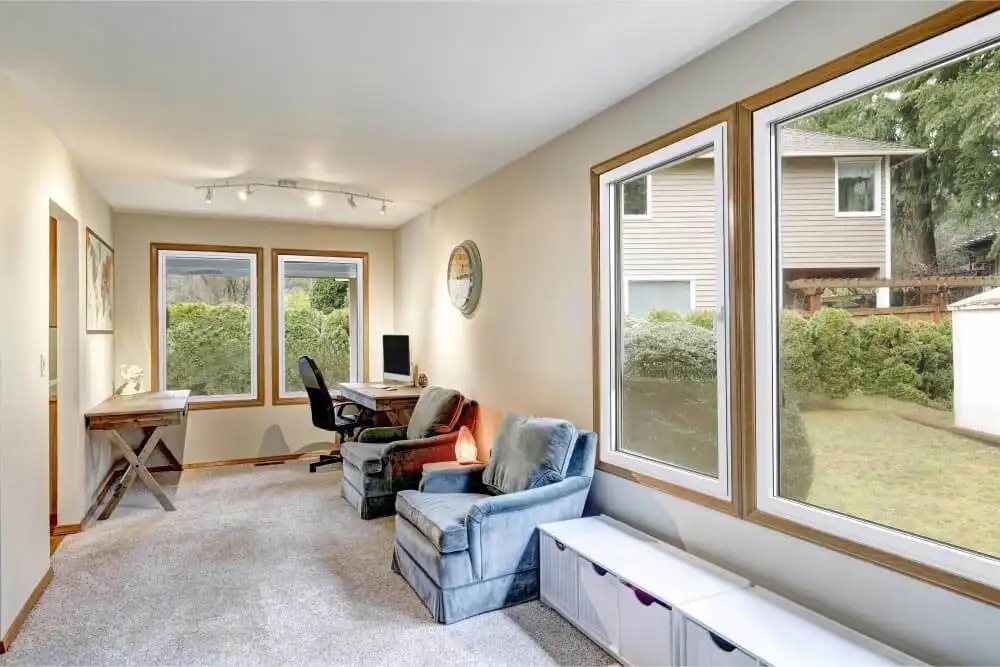
After
1. What Are Replacement Windows?
These are custom-made windows that replace your old windows, without any alterations to the existing frame. In the replacement windows vs new construction debate, these are usually more cost-effective and easier to install.
Remember, though. While replacement windows must fit into the same frame, they do not need to be the same design. If you are looking for an upgrade, you can also change the style. However, the existing frame will limit your options quite a bit.
For instance, you can easily install a sliding window into a frame of casement or awning window. You only need to make sure that it is the same size as your existing window.
2. Use-Case/When to Use Replacement Windows?
Let’s say your window is damaged due to poor construction, natural disaster, or because of age. But if the frame is in good condition, replacement windows are your best option. These windows are usually suited for property renovations where you want to achieve a specific goal without major reconstruction. Your goal may be to:
You should look for NFRC and ENERGY STAR certifications to ensure you get the best possible performance and energy savings from your windows. The NFRC (National Fenestration Rating Council) certification measures several factors to determine the efficiency of windows, doors, and skylights. These include:
On the other hand, ENERGY STAR certification is an EPA-backed program that provides strict energy efficiency guidelines for different products. Its goal is to help you save money on energy bills and reduce emissions.
3. Common Challenges in Replacement Window Projects
When considering replacement windows vs new construction, there is no doubt that replacement window projects are much more convenient. However, they present their own set of challenges, too.
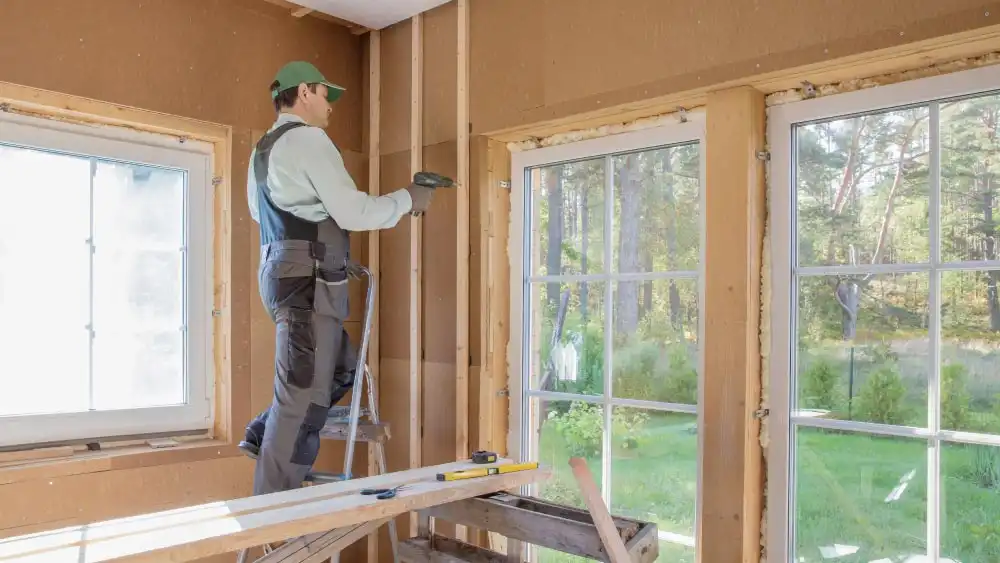
One of the biggest challenges stems from structural issues. The frame of your window is most likely going to be exposed to a wide range of elements. From the sun’s UV rays to rain, snow, dust, foliage, and more. So, your property will settle over time and affect the frame itself.
Rotting and warping of frames is the most common issue there. To deal with this, you may need to repair or reinforce the existing frame before installing the new one. The second challenge arises here: accurate measurement. While repairing, you may find that the replacement window may not fit properly.
Windows need to fit precisely into their frame. Even the slightest gap can result in air leakage or provide an entry point for insects and critters to enter your property. Apart from the energy efficiency issues, it also presents a hygiene issue over time.
And this is directly connected to the third issue: weatherproofing. Replacement windows usually rely on precision of their fit. The installation quality is also a direct determinant of how weatherproof a window really is.
For example, if your home has a stucco exterior, you may need a flush fin replacement window. While aesthetically, these are very pleasing, they settle within the existing frame, and the fin will cover it up. However, installing a flush fin replacement window can be quite challenging, especially when the old frame isn’t in good condition.
III. New Construction
You will find new construction windows in new buildings more commonly. However, they are also used quite extensively in major renovations projects. Since these require reframing the wall, they are common in renovations where the contractor strips the wall to its studs.
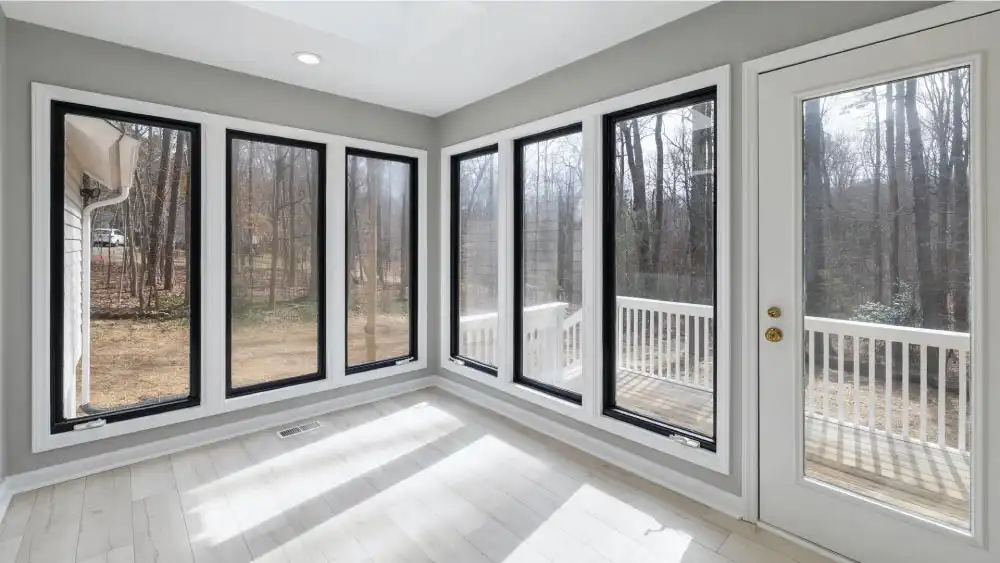
1. What Are New Construction Windows?
When comparing replacement windows vs new construction windows, the most distinct difference is the nailing fin. New construction windows come with the mainlining fin, which you will attach directly to your house’s frame. Thanks to the nailing fin, these provide a much more secure and permanent fit.
You should note that while replacement windows are custom made to fit existing frames, you will need to make the frame specifically for new construction windows. You will need to cut out the frame based on the exact measurements of the nailing fin.
2. Use-Case/When to Use New Construction Windows?
As mentioned, new construction windows are the best for new homes. To install them, the installer will need access to your property’s framework. This is why if you need to install a new construction window during renovation, you will need to expose the studs and the sheathing for these windows.
The nail fin that comes with new construction windows attaches directly to the framework. The walls then cover the fin and sit securely around the window frame. Therefore, this leads to a weather-tight seal and a snug fit from the very beginning.
New construction windows are commonly used in the following cases:
3. Factors to Consider in New Construction Windows
In most cases, installing a new construction window is relatively straightforward. However, there are some considerations to keep in mind to ensure longevity with your project:
IV. Replacement Windows VS New Construction
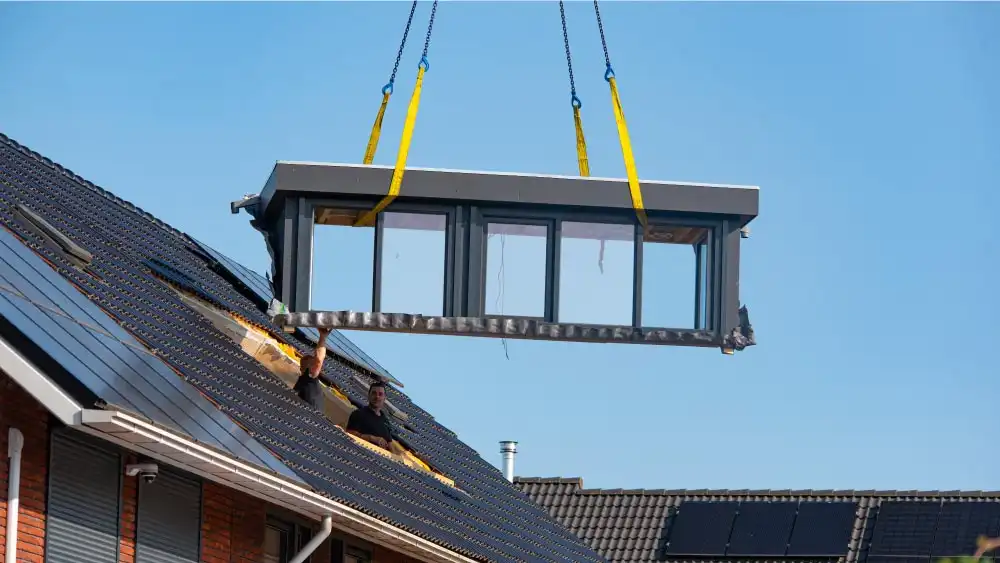
- Cost: Replacement windows generally cost less upfront due to simpler installation. New construction windows might be more expensive due to the additional work involved.
- Availability: Both types are widely available, but new construction windows offer more customization options.
- Ease of Installation: Replacement windows are easier to install as they fit into existing frames. New construction windows require more extensive work.
- Options: Both types offer various styles, but new construction windows provide more flexibility in design.
- Aesthetics: New construction windows allow for seamless integration with the home’s design. Replacement windows are limited by existing structures.
- Structural Considerations: New construction windows can enhance structural integrity, especially if the existing frames are compromised.
- Durability: Both options can be durable, but proper installation and quality materials are crucial for longevity.
- Maintenance Requirements: Maintenance depends on the material. Vinyl/PVC requires less upkeep compared to aluminum.
- Sound-Proofing and Ventilation: Both types can offer good sound-proofing and ventilation if properly chosen and installed.
V. Conclusion
For the replacement windows vs new construction decision, the latter is usually a much more durable and lasting option. However, the former presents a much quicker and cost-effective solution to installing a new window completely.
For replacement windows, all you have to do is remove the previous one, make sure that the frame is of the same size and specifications, and you’re good to go. For new construction windows, however, you may have to strip the wall down to the studs.
There are a number of different nuances within the decision between replacement windows vs new construction. If you would like to learn more about which window type will be best for you, the sizes available, designs, or more, we are Wanija is here to help . Browse options or get in touch with us for a free quote, and help turn your vision into reality! We are a trusted, reliable custom window manufacturer, help you live in style here!
From before-and-after transformations to expert tips and how-tos, we’ve got tons of inspiration waiting for you.
FAQs About Replacement Windows VS New Construction
It depends on your specific needs and the condition of your current windows.
Replacement windows are generally cheaper than upfront due to simpler installation.
No, they are designed for new installations with nailing fins.
Replacement windows can be installed in new construction if frames are pre-built to fit them, but it’s not common practice.
New construction windows provide a secure fit, better weatherproofing, and more customization options in terms of size and design.
Replacement windows are commonly made from materials like vinyl, aluminum, wood, and fiberglass. Each offering different benefits in terms of maintenance, durability, and insulation.
Yes, new construction windows often provide better energy efficiency due to their secure fit and superior sealing against the elements.
Yes, you can change the style of your windows when using replacement windows, but the new windows must fit the existing frame dimensions.
Related Content
What Are Standard Window Sizes? |Choosing the Right Windows
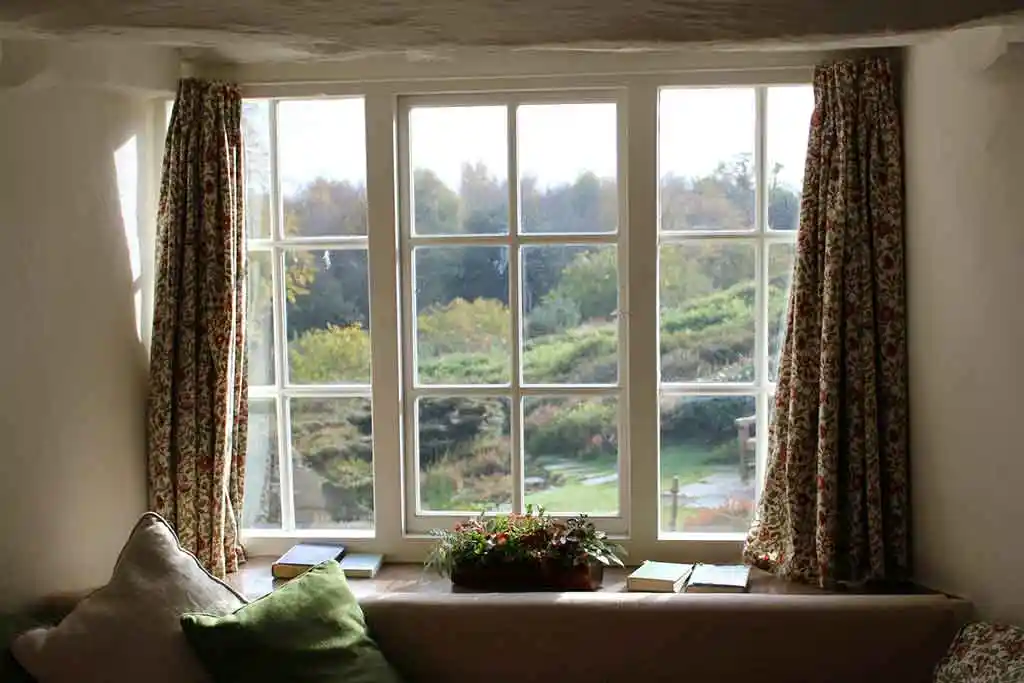
Type of Glass Door – How should I choose?
